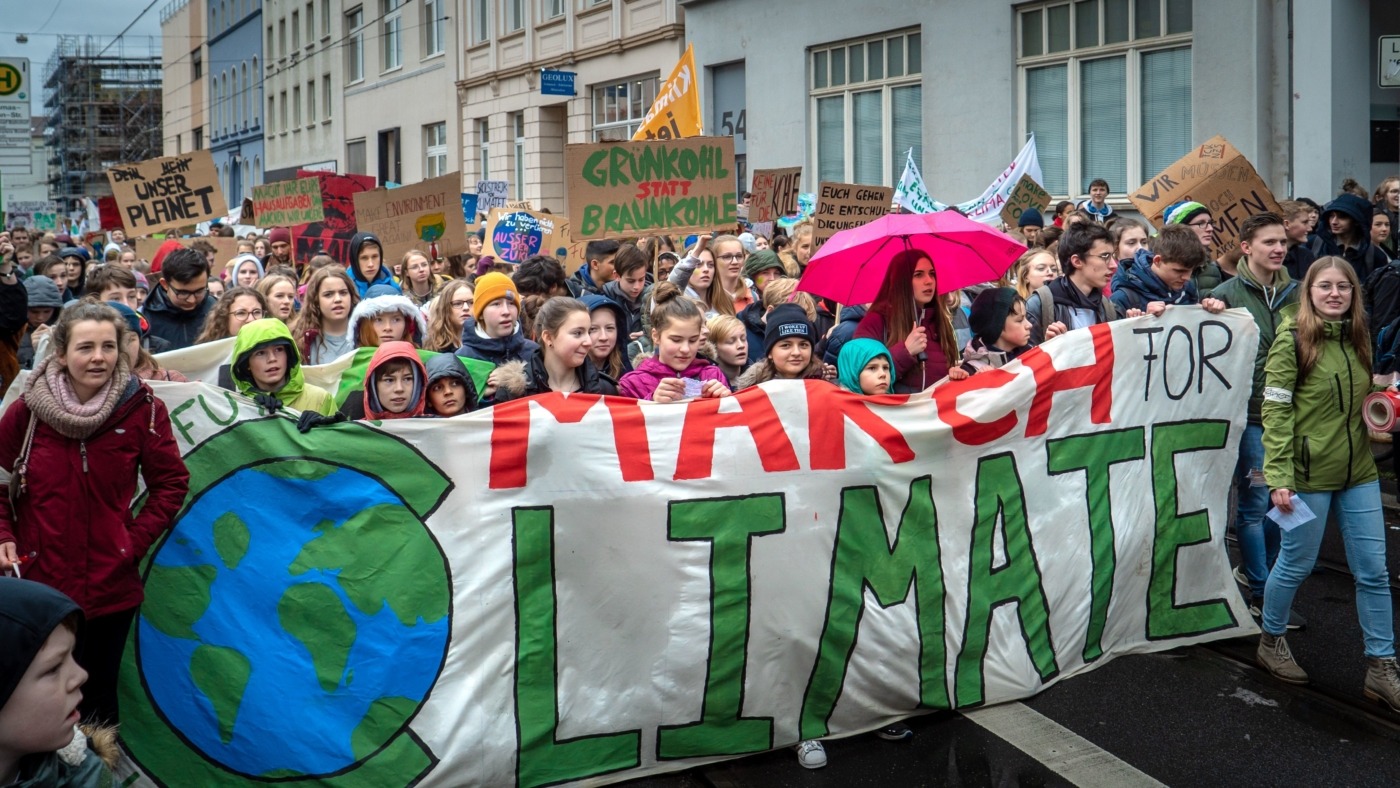Carbon Neutral Futures Initiative explores radical ways to tackle climate change
“What we do over the next 10 years will determine the future of humanity for the next 10,000 years”, said Professor Sir David King, the former government chief scientific advisor. Ever since the release of the latest IPCC report in October 2018, the world is waking up to the threats of climate change like never before. We have seen school children coming out on the streets and marching and demonstrating for the sake of their futures that may be robbed from them. We have seen Extinction Rebellion bringing Central London to a halt. There is a more frequent mention of climate change in the political sphere. In all of this, whether you approve of the different approaches taken by people to raise awareness or not, my favourite word has to be radical. The initiatives to force those in positions of power to take action against climate change are unprecedented, remarkable, and radical.
In addition to all these initiatives to raise awareness and bring about change, Cambridge university has organised the Carbon Neutral Futures Initiative. It is a first of its kind collaborative project that will bring together scientists, engineers, and social scientists to work towards a common goal of rescuing the planet and saving the many ecosystems on the verge of extinction. This initiative is coordinated by Professor Sir David King, and the University of Cambridge is also working with the Centre for Climate Repair, led by Dr Emily Shuckburgh, among other people and organisations.
Cambridge university has organised the Carbon Neutral Futures Initiative
There are some creative ideas on the list these people have. Like, what do you do about the melting ice? Well, you refreeze it. And this is exactly what is being planned to be tested. Seawater will be pumped up to masts on un-crewed ships through fine nozzles. The tiny jets of salt particles will be injected into the clouds so they become more widespread and reflective, hence, lowering the temperatures beneath and potentially (and hopefully) refreezing the poles so they go back to being good at reflecting sunlight.
You’ve heard of carbon capture and storage (CCS). Now get ready for carbon capture and utilisation (CCU). The plan is to recycle carbon dioxide on a plant which will be set-up on Tata Steel’s Port Talbot site in South Wales and the firm’s carbon emissions will be converted into fuel using waste heat. This pilot scheme, if found successful, would be a dream come true. “We have a source of hydrogen, we have a source of carbon dioxide, we have a source of heat and we have a source of renewable electricity from the plant. We’re going to harness all those and we’re going to make synthetic fuels” remarks Professor Peter Styring from the University of Sheffield who is leading the research into CCU technology.
You’ve heard of carbon capture and storage (CCS). Now get ready for carbon capture and utilisation (CCU)
Arguably, the initiative most radical of all on the list is the one relating to ocean greening. Not ocean cleaning (which is a separate project going on), but greening. In this test approach, the sea will be fertilised with iron salts which promote the growth of plankton that would take up carbon dioxide from the atmosphere as they grow. This has not been a very productive technique in the past as the amount taken up by the plankton is not sufficient to make it worthwhile and there are concerns regarding the impact this might have on ecosystems. However, Professor Callum Roberts (from the University of York) insists that the magnitude of the damage of climate change would be so significant that we must consider all approaches to be on the table. Understandably, there is a real threat to ecosystems if we do nothing and if we know methods that, intrusive as they may seem, can save these ecosystems from a complete wipe-out, then they may be worth pursuing.
Recently, it was reported that scientists in Australia will be employing a ‘Coral IVF’ technique to improve the productivity of the spawning event of coral reefs. Genetically engineering coral to be heat-resistant and dumping chemicals into the sea to make it less acidic are now being considered by scientists further. These do not sound like the nicest things to do but these are the options we have, and we must keep, on the table to save this entire ecosystem. As Dr Shuckburgh emphasises, climate change is one of the greatest threats we are today facing and we must respond to counteract it with all the efforts that we can gather.

Comments